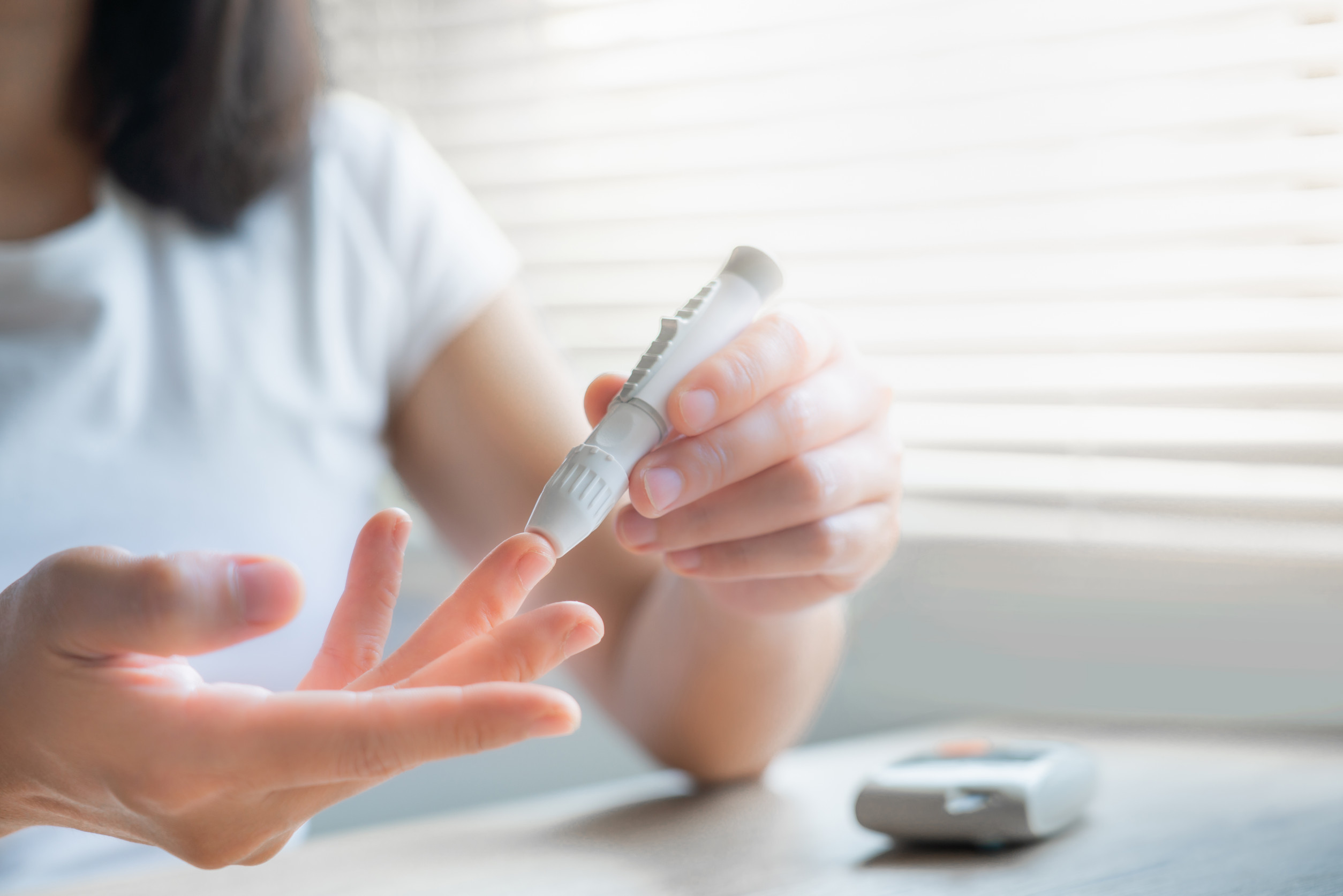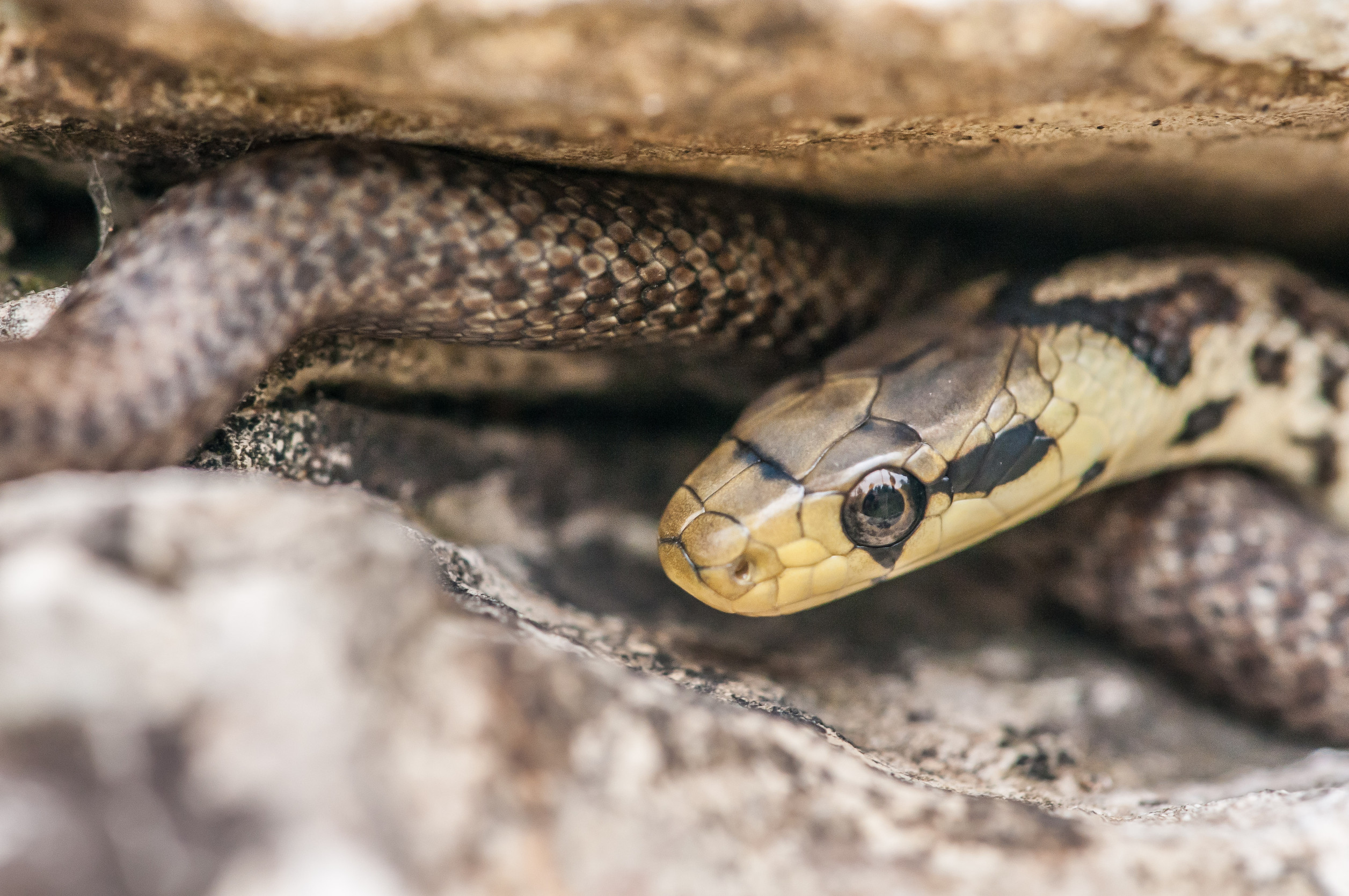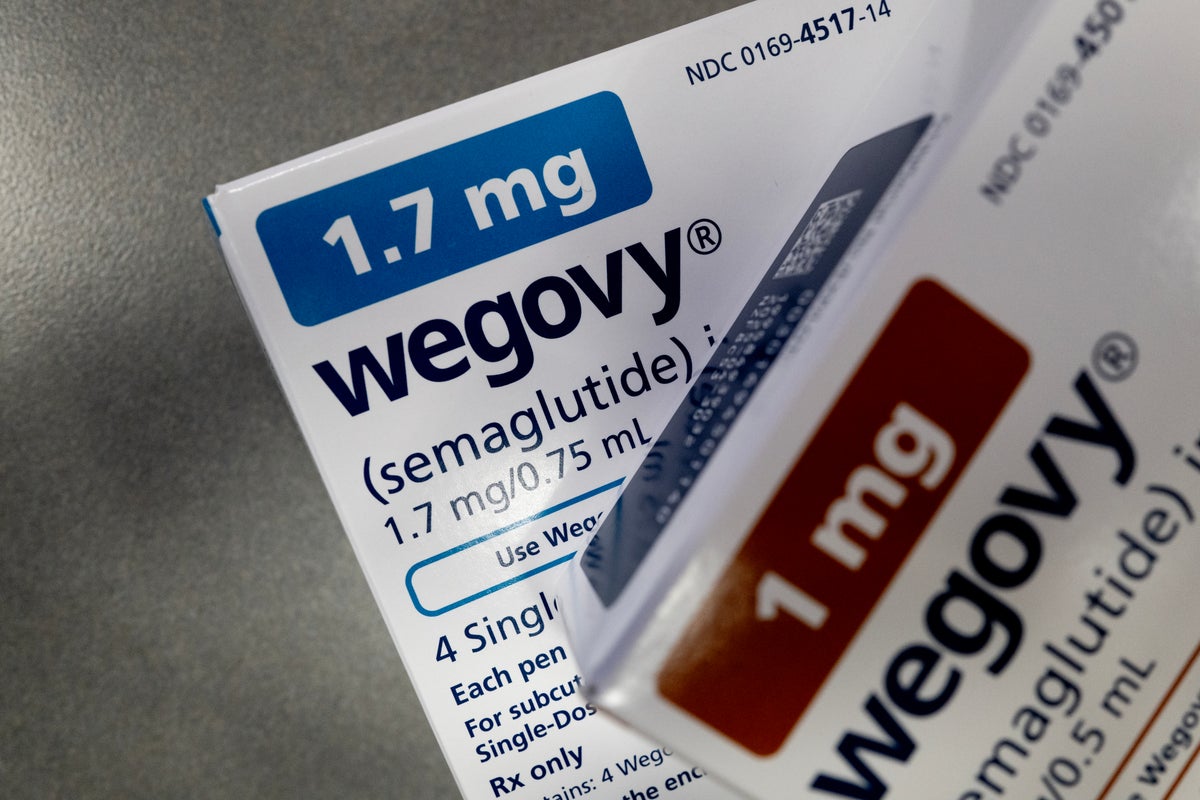1 2 Every Dec, Rajiv Bhavsar and his team from Jaldindi Pratishthan , a citizens ' group, embark on a poignant journey down the Pavana river. Their expedition flows along with the river — from its pristine origins near Apti Gaon in Lonavla to its polluted confluence with the Mula in Pimpri Chinchwad. Today, their mission to inspire children to become river guardians has become increasingly challenging as they navigate waters choked by hyacinth, garbage and lifeless fish.
"The river dies after Ravet," Bhavsar told TOI. "Every year, another kilometre succumbs to pollution, and we're doing nothing about it." From Shivane onwards, Pavana is choked with untreated sewage from villages, waste from high-rises, and industrial effluents.

In Pimpri Chinchwad, where the river provides 80% of drinking water, pollution gushes in through over 45 nullahs, even as no adjoining sewage treatment plants (STPs) function effectively. To combat this crisis, Jaldindi's ‘River Police' initiative monitors 16 ghats, conducting regular water testing and tracking contamination levels. "We're finding dangerously high levels of phosphorus and, nitrogen and many other pollutants," said Bhavsar.
In 2024, Pavana was categorized as the most polluted river in the country, entering Priority-1 on the Central Pollution Control Board's (CPCB) river quality monitoring system. The Maharashtra Pollution Control Board (MPCB) since Jan 2024 has recorded biochemical oxygen demand (BOD) in the river exceeding 30mg per litre every three to four months till date, substantiating Pavana's ‘most polluted' status in India (the lowest priority level is 3mg-6mg per litre). MPCB sub-regional officer Manchak Jadhav said domestic pollution contributes significantly.
"There's no direct discharge of industrial effluents, but small-scale industries may discharge through nullahs. Domestic sewage from PCMC limits is a major contributor. The only solution is to stop releasing the latter into the river," he said.
Industries on the river's banks add to pollution The river's banks have transformed dramatically in recent decades, becoming home to paper-making factories, camping sites, small-scale industries and large industrial hubs. Two-thirds of the river flows through semi-urban and agricultural landscapes, where surface water runoff brings in pesticide and insecticide contamination. Multiple industrial hubs, including Bhosari, Chakan and Urse MIDCs, line the river.
"MSMEs, such as automobile stores, garages, coating plants and even ready-mix concrete plants contribute majorly to river pollution by discharging effluents through small streams. Larger industries divert sewage through nullahs and get away with it. There are no stringent measures to monitor small industries," said Shailaja Deshpande, founder, NGO Jeevitnadi.
Over a decade ago, 3,500 small and medium industrial units were contaminating the river, a number that has only grown since then. At present, the river contains a mixture of phosphates, nitrates, phthalates, nitrites and chlorides from centralised cleaning systems. No treatment facilities in sight In Jan 2025, the National Green Tribunal (NGT) directed the state's River Rejuvenation Committee to revise the Pavana river action plan timeline after its 2019 roadmap expired.
However, most sewage works remain incomplete. Pimpri Chinchwad produces 408 MLD of sewage daily, with only 300 MLD treated at existing facilities of 363 MLD capacity. The city, currently, has 13 STPs with a 280 MLD capacity along the riverbed.
Alongside this, a 15 MLD STP construction at Bhatnagar is underway, and four STPs of 105 MLD capacity have been proposed. For future purposes, three STPs of 110 MLD are also proposed to the National River Conservation Directorate (NRCD). However, all this isn't expected till Dec 2027, that too subject to land availability and funding.
"The Pavana river is deteriorating at a terrifying pace — yet neither MIDC and MPCB, nor civic bodies seem to care. Regulations are flouted all the time. As industries crawl upstream, these contaminate not just the river but the very groundwater villagers depend on," added Deshpande.
Incidentally, the Pune Metropolitan Region Development Authority (PMRDA), responsible for a 38-km stretch of this river, is yet to even submit its sewage treatment plan. Citizens map river's deterioration In 2022, a group of young individuals, led by Jal Biradari national youth convener Girish Patil, marched via the entire Pavana stretch from confluence to source as part of a mission titled ‘Chala Jauya Nadila'. They visited 35 of 55 villages after walking for over 10km-15km daily and trying to meet every stakeholder affected.
Patil told TOI, "While pollution remains high in urban areas, a few large sites of concern are near the origin, like camping sites near the dam, paper-making factories at Bebadohal, Urse MIDC, at Gahunje village and more, where effluents are discharged directly." They noticed three outlets discharging sewage right into the river near Ravet, where PCMC pumps more water for drinking supply. Patil said the pollution is so high in the river that in a village called Shirgaon, women refused to touch the water because of skin infections they are riddled with.
"There are 72 sewage inlets in Pimpri Chinchwad itself. However, we did observe that between Somatne village and Gahunje, a riparian zone is helping conserve the water quality," he added. Amid govt neglect, citizens are stepping up.
"Since 2019, we've cleared hyacinth and discouraged Ganesh visarjan at ghats," says activist Ganesh Bora. "But how can they build riverfronts without first reviving the river?" Villagers upstream have called for urgent action, especially as deforestation and construction near Lonavla's catchment area are disrupting the natural groundwater recharge system. "We need systematic and immediate action to break this down.
Govt promised a pilot project for the river's rejuvenation from source to confluence almost a year ago. Where is it? They took no more than two meetings. This is how our rivers will end up dead," said Deshpande.
Authorities need to be held accountable Experts stressed that if Pimpri Chinchwad wants long-term water security, it must invest in preserving the upstream ecosystem. "We mapped sewage discharge from PCMC into Pavana, identifying major nullahs and broken manholes deliberately releasing untreated waste. Administrative boundaries dilute responsibility and collective action.
PCMC areas use the river's water, but the civic body neglects pollution control," said Chugh. Even as Pavana chokes on pollution, authorities have proposed a riverfront beautification project that could destroy riparian forests. PCMC's joint commissioner of environment department, Sanjay Kulkarni, told TOI, "We plan to remove sewage lines from within nullahs and place them alongside the roads for an 85km stretch.
Industrial pollution from small-scale industries also greatly contributes to river pollution, with no checks and balances. We are analysing this information and informing the pollution control board regularly. STP constructions with population estimation are underway.
We are waiting for land and funding in this regard." Meanwhile, residents rued that Pavana has become a microcosm of everything that can go wrong with a river in India — be it encroachment, industrial pollution, domestic overuse, contamination and blatant exploitation. Quotes At Morya Gosavi temple, over 150 fisher families dependent on the river for their livelihood and are now left with tilapia or dead fish to deal with.
They have had to do odd jobs to survive — Narendra Chugh | President, Maharashtra wing, Jal Biradari ________________ We rescue nearly 400 animals and birds daily and release them into this vegetation. If it's cut, their habitat is gone. With flow blocked and high contamination, many species are already dehydrated and distressed — Shubham Pande | World for Nature.
















